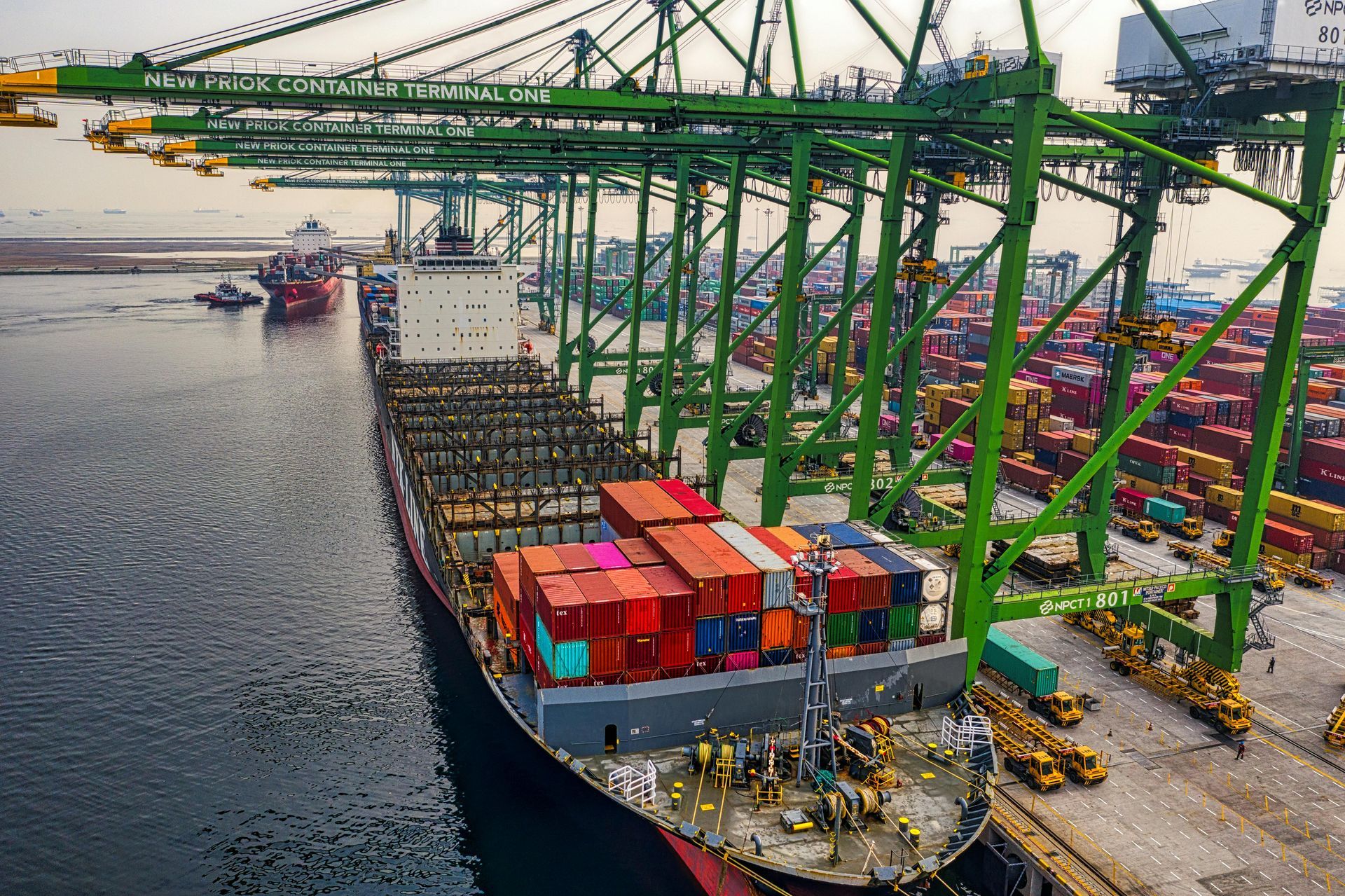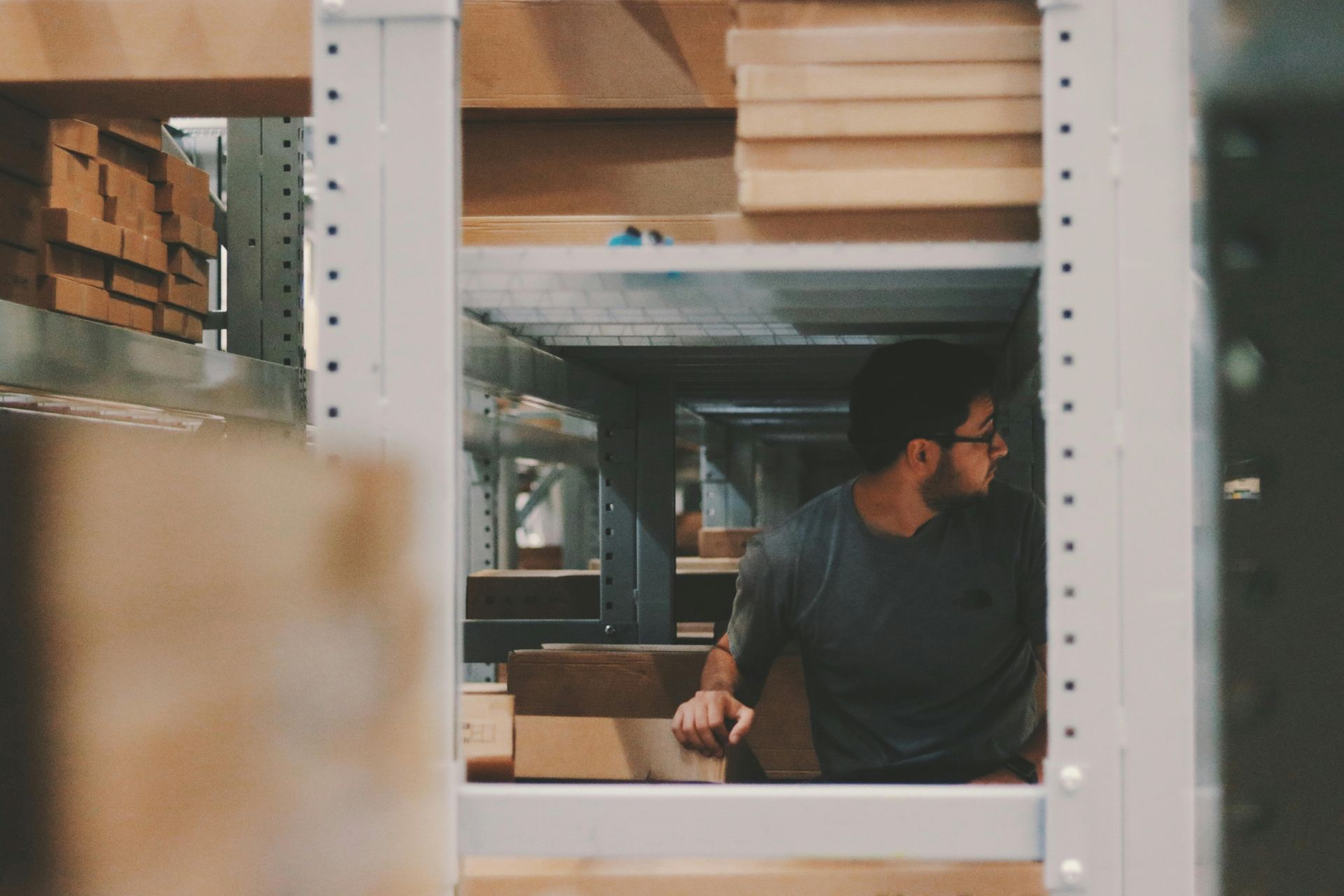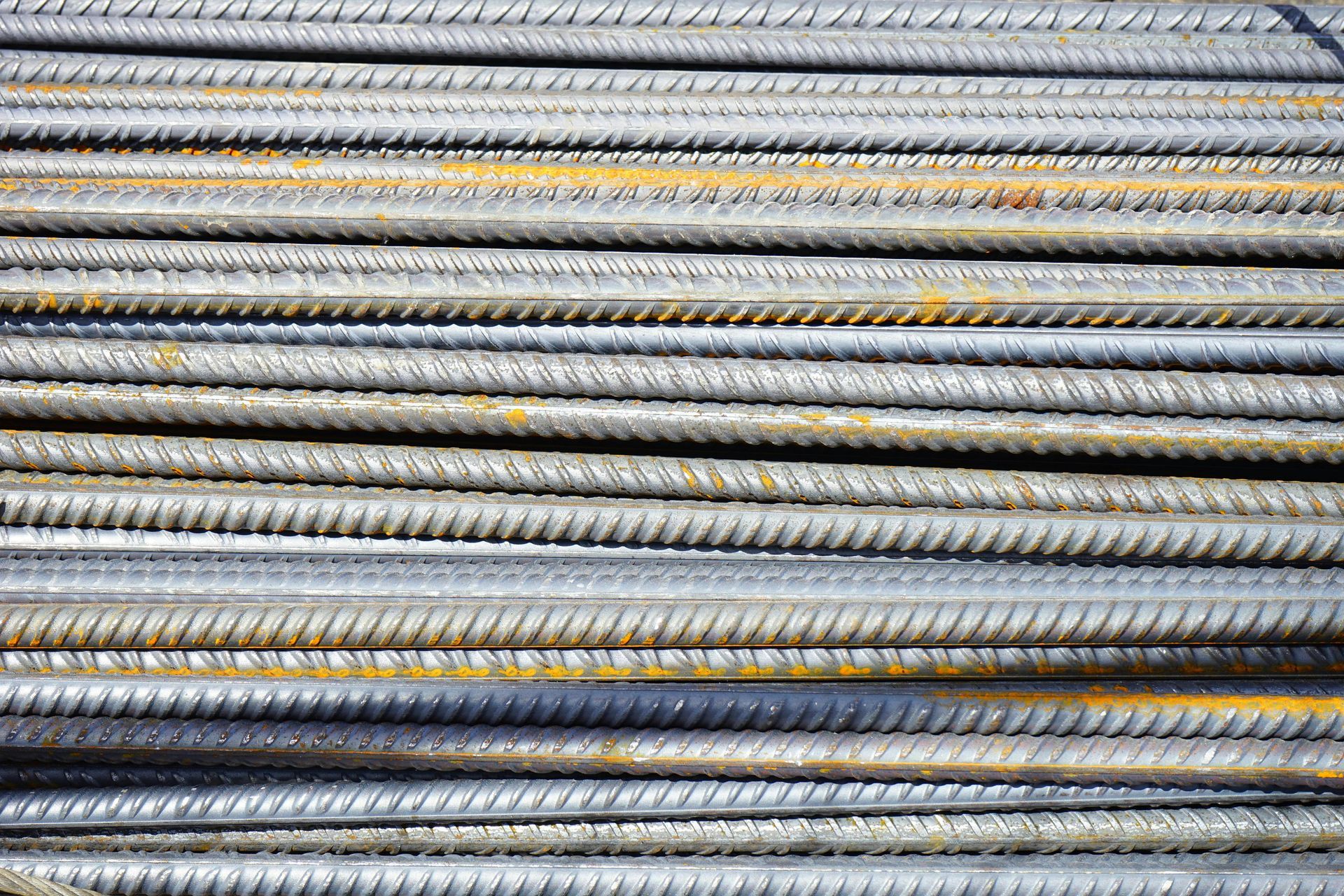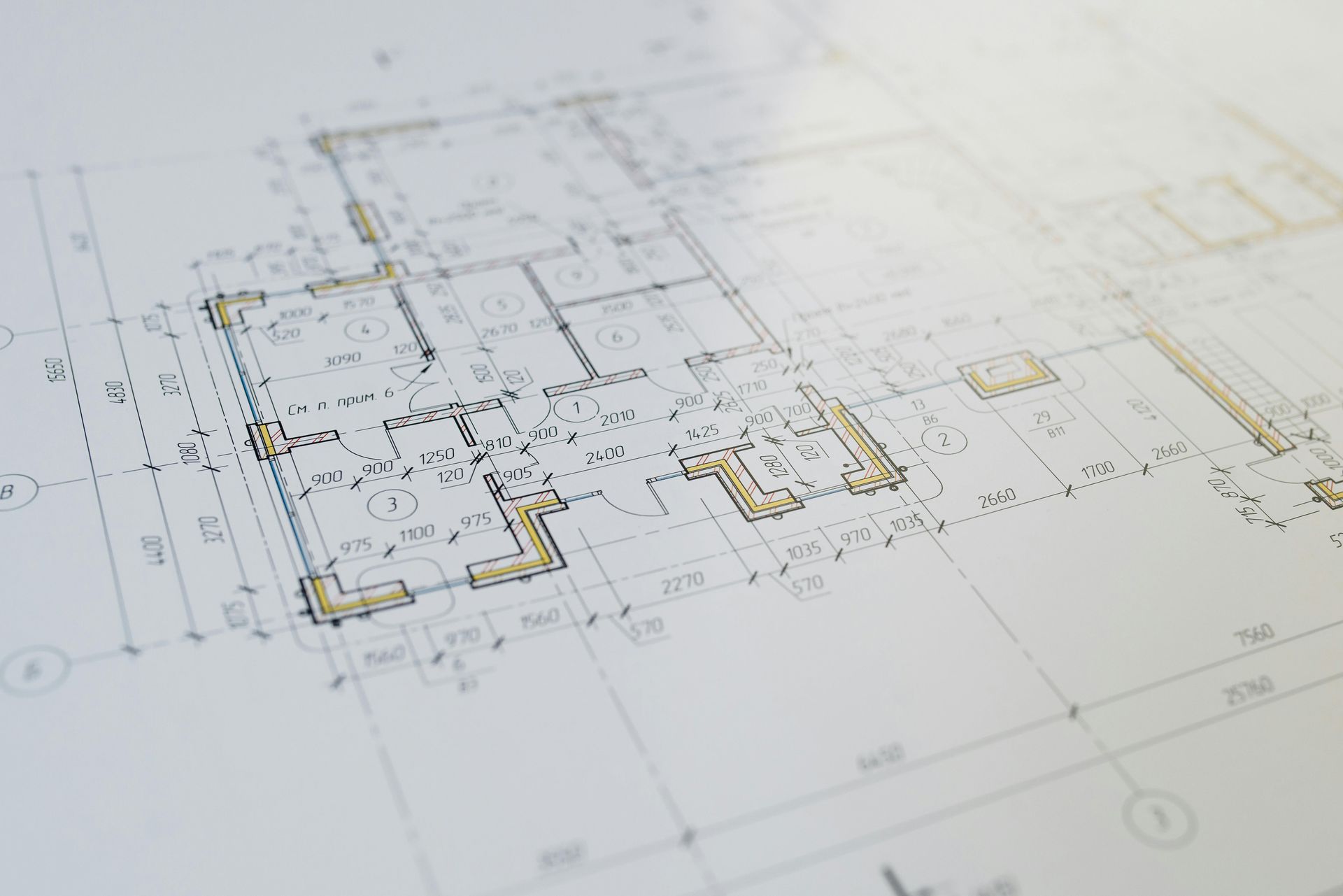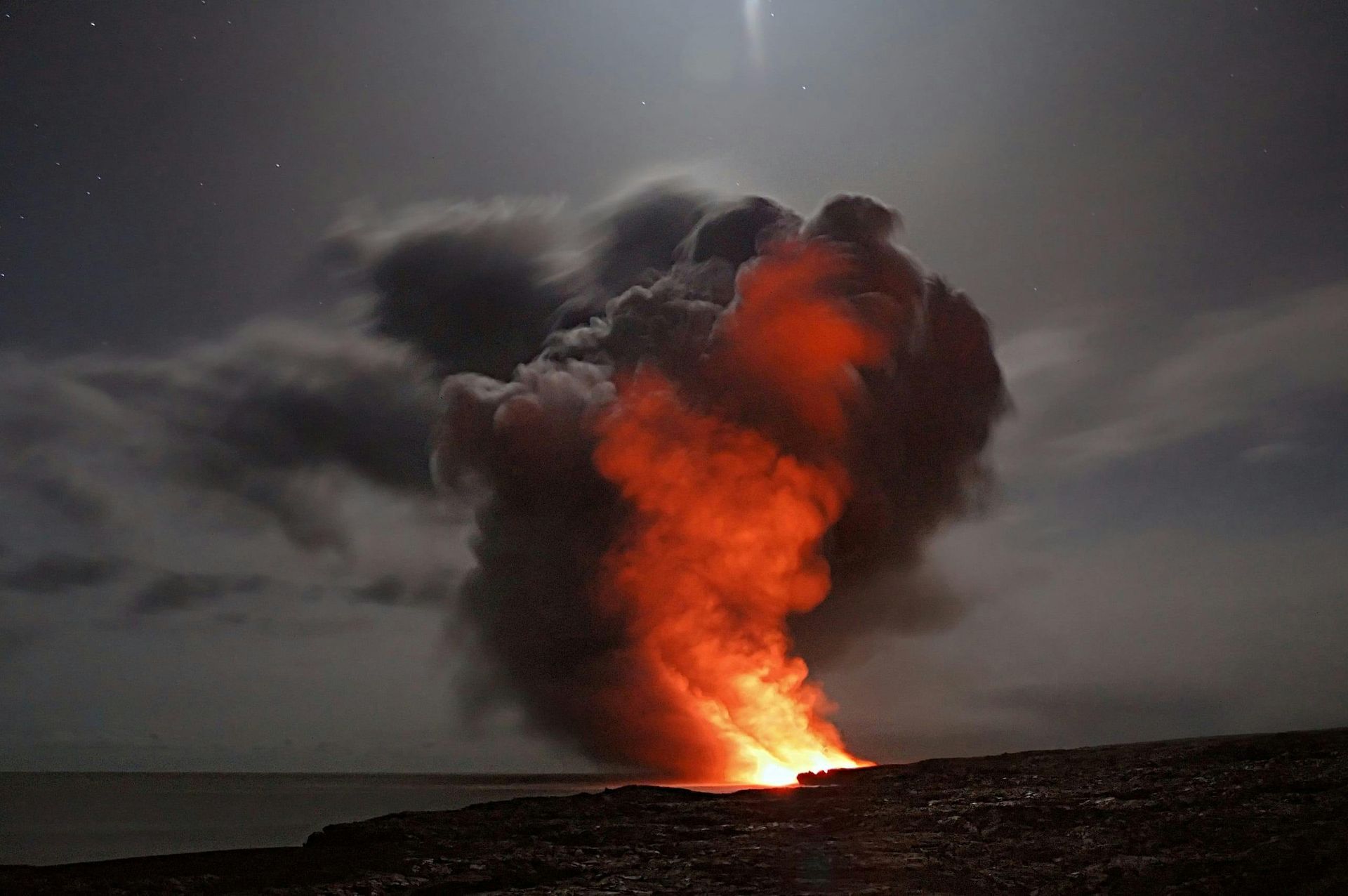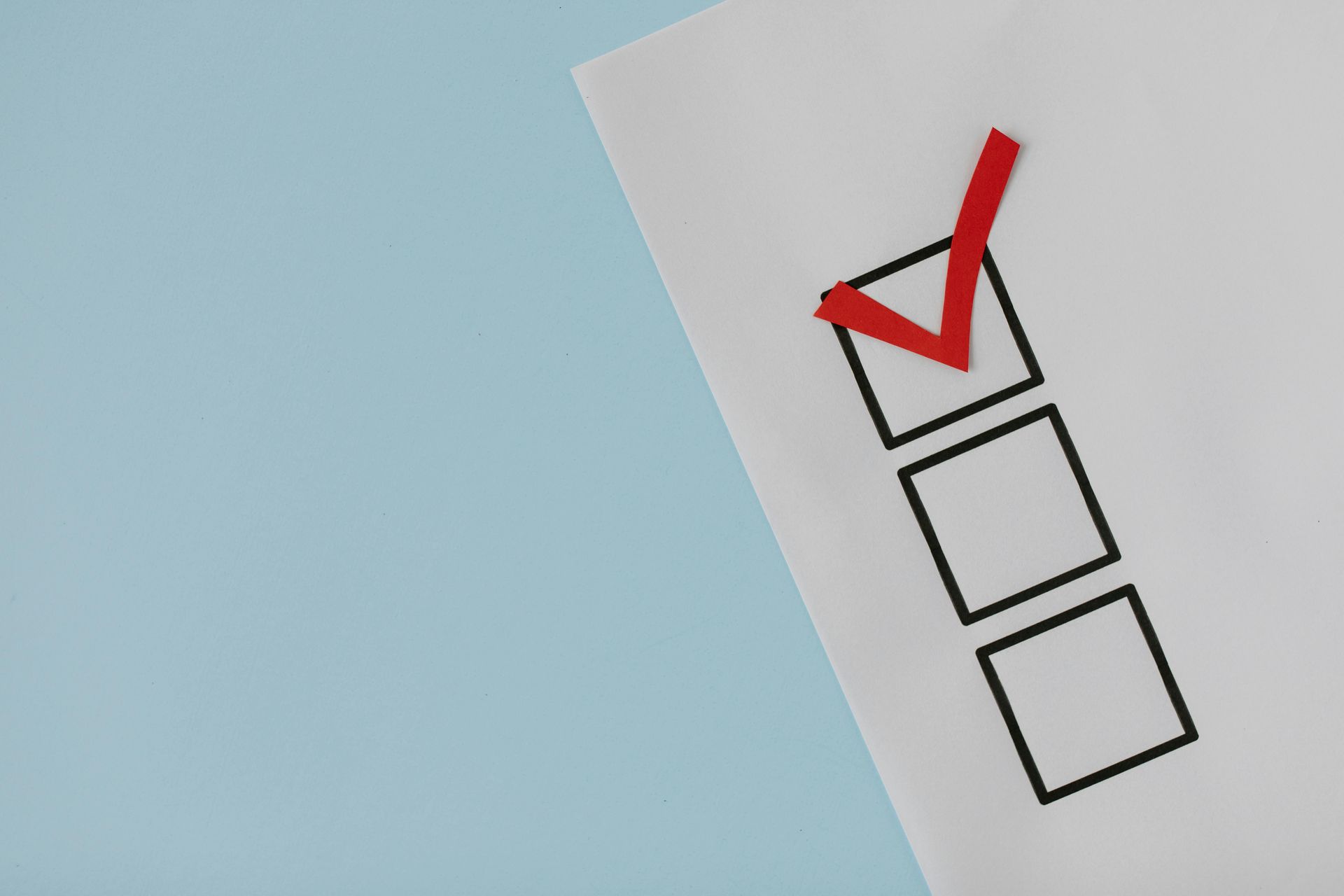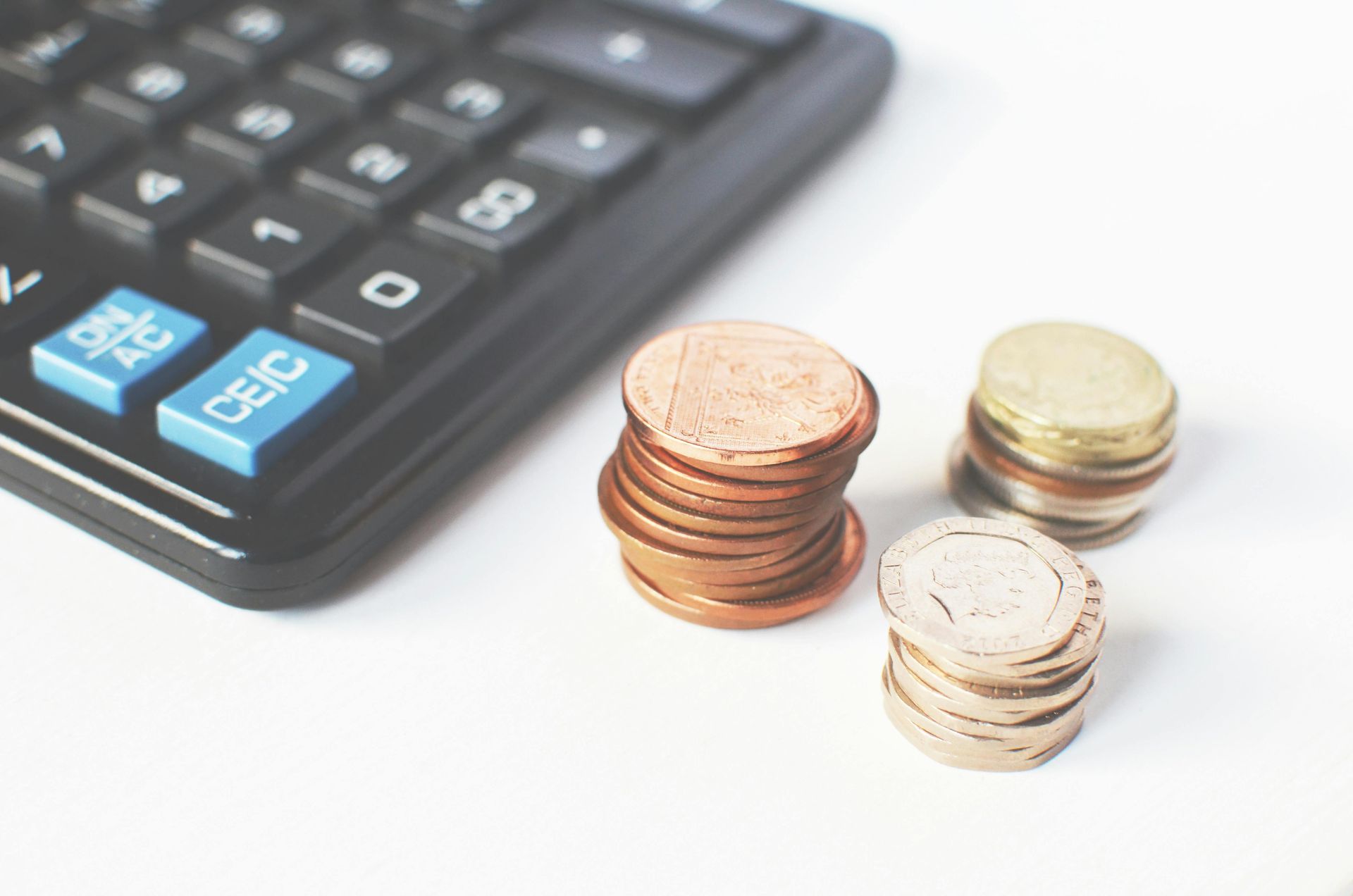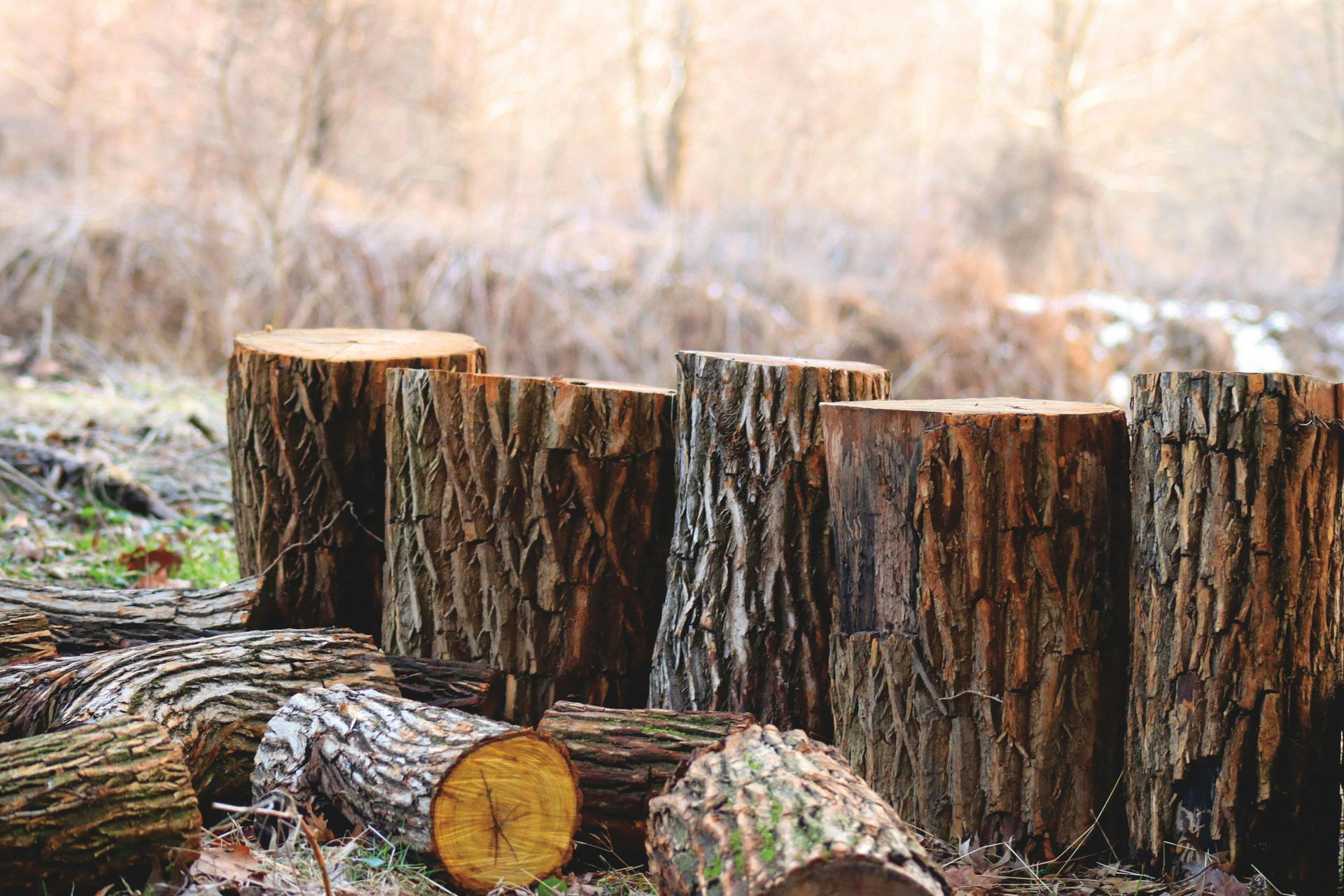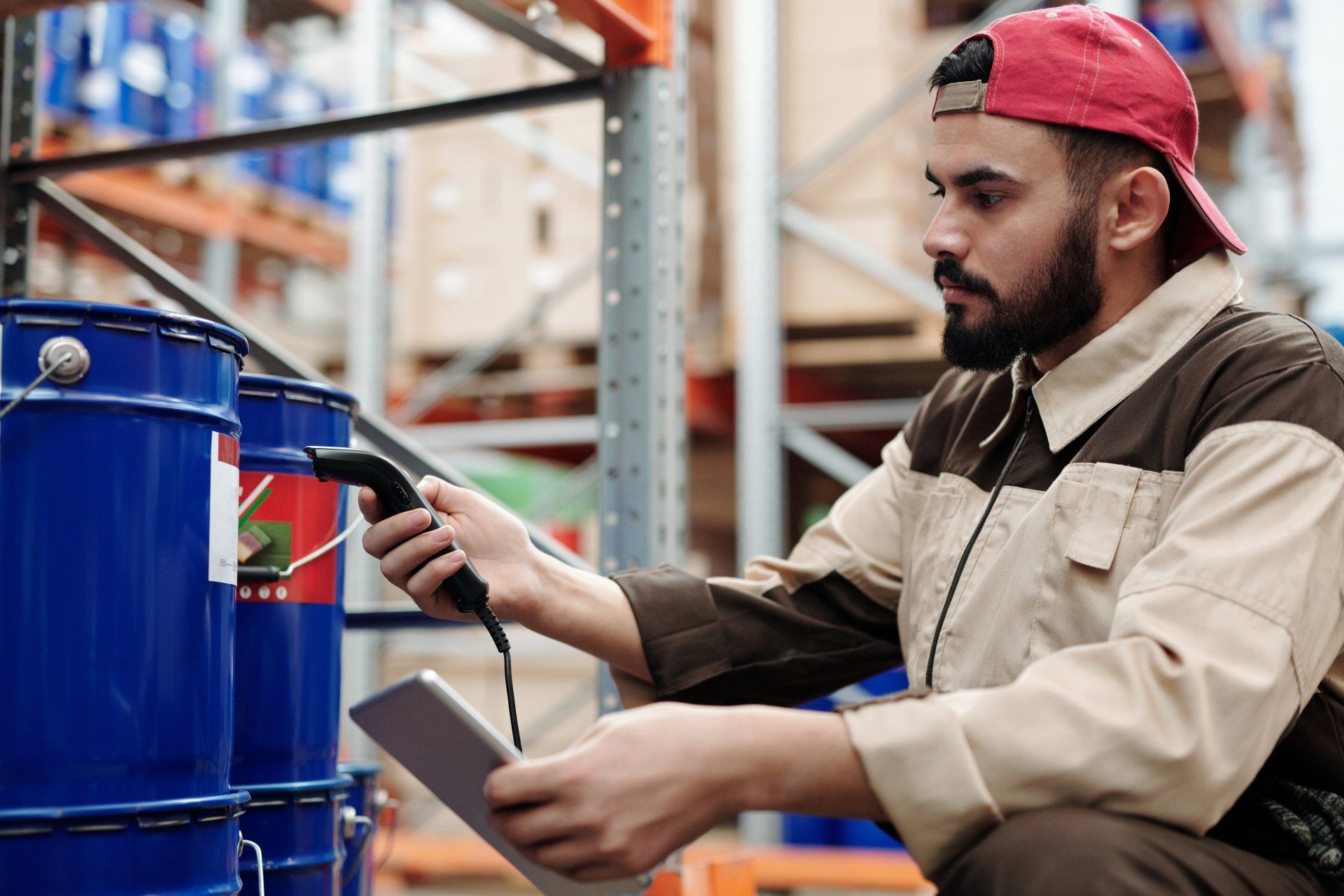The Social Benefits of MDUs: Creating Connected Urban Communities
As urban populations grow, cities are facing increasing pressure to provide housing solutions that are not only efficient but also enhance the quality of life for residents. Multiple Dwelling Units (MDUs) are emerging as a key solution for meeting the housing needs of urban dwellers, offering a range of social benefits that go beyond just providing a place to live. By creating environments that foster social interaction, community engagement, and a sense of belonging, MDUs can help build connected urban communities where residents thrive and feel a genuine sense of community.
In this blog post, we will explore the social benefits of MDUs, the features that make them conducive to community building, and how developers can design MDUs to promote social connections and enhance the overall urban living experience. By understanding these aspects, we can create urban environments that are not only practical but also enriching, helping residents lead fulfilling lives.
The Importance of Social Connection in Urban Living
Living in a densely populated urban environment can sometimes lead to feelings of isolation, especially for those who are new to the city or living away from family and friends. MDUs have the potential to address this issue by fostering a sense of community and providing opportunities for social interaction, which can significantly improve residents' overall well-being.
- Building a Sense of Belonging: MDUs offer shared spaces and amenities that encourage residents to interact with one another, helping to build a sense of belonging. Whether it's a shared courtyard, a rooftop terrace, or a community room, these spaces provide opportunities for residents to meet, socialize, and form connections. A sense of belonging is essential for feeling at home, and MDUs that prioritize shared spaces make it easier for residents to feel connected.
- Mental Health and Well-Being: Social connections are crucial for mental health and well-being. Having neighbors to interact with, share experiences, and support one another can have a positive impact on residents' overall quality of life. MDUs that foster social connections can help combat feelings of loneliness and contribute to a happier, healthier urban community. Regular social interactions help alleviate stress, reduce anxiety, and provide a sense of comfort that comes from knowing you are part of a supportive community.
- Diverse Communities: MDUs often attract residents from different backgrounds, cultures, and age groups, creating diverse communities that enrich the urban living experience. Living in a diverse community provides residents with opportunities to learn from one another, share different perspectives, and build a more inclusive environment. Exposure to diverse cultures and lifestyles can lead to greater understanding and appreciation of others, fostering a sense of unity in the community.
Features of MDUs that Foster Social Interaction
To create connected communities, MDUs must be designed with features that encourage social interaction and engagement among residents. Thoughtful design can transform an MDU from a mere living space into a thriving social environment. Here are some key features that make MDUs conducive to community building:
- Shared Amenities: Shared amenities such as gyms, co-working spaces, lounges, and community kitchens provide residents with places to come together and interact. These shared spaces create opportunities for casual encounters, which can lead to meaningful relationships and a stronger sense of community. When residents have common areas where they can relax, work, or exercise together, it creates natural opportunities for conversations and friendships to develop.
- Community Rooms and Gathering Spaces: Community rooms and gathering spaces can be used for a variety of activities, such as game nights, movie screenings, workshops, and social events. These spaces provide a venue for organized activities that bring residents together and encourage them to engage with one another. The versatility of these spaces allows them to cater to different interests, making it easier for residents to find activities they enjoy and connect with others who share similar interests.
- Outdoor Spaces: Outdoor spaces, such as courtyards, rooftop gardens, and terraces, are ideal for fostering social interaction. These spaces provide residents with a place to relax, enjoy the fresh air, and interact with their neighbors. Outdoor areas can also be used for community events, such as barbecues, picnics, or gardening activities, further promoting social connections. Spending time outdoors has been shown to improve mood and reduce stress, and when these spaces are shared, they become places where social bonds are formed.
- Pet-Friendly Areas: Pet-friendly features, such as dog parks or pet washing stations, can help bring pet owners together and create a sense of community among residents. Pet owners often bond over their shared love of animals, making pet-friendly amenities a great way to encourage social interaction. Pets can act as social facilitators, helping break the ice between neighbors and encouraging spontaneous conversations.
Designing MDUs to Promote Social Connections
Developers play a crucial role in creating MDUs that promote social connections and enhance the overall urban living experience. By focusing on thoughtful design and incorporating features that encourage interaction, developers can create environments where residents feel connected and engaged. Here are some key design considerations:
- Open and Inviting Common Areas: Common areas should be designed to be open and inviting, with comfortable seating, good lighting, and appealing decor. These spaces should feel welcoming and encourage residents to spend time there, whether they are working, relaxing, or socializing with neighbors. The layout of common areas should encourage movement and interaction, with seating arrangements that make it easy for residents to strike up conversations.
- Multi-Use Spaces: Multi-use spaces that can be adapted for different activities are essential for promoting social interaction. For example, a community room that can be used for yoga classes in the morning, co-working during the day, and movie nights in the evening provides residents with multiple opportunities to come together. The flexibility of these spaces ensures that they can be used by residents of all ages and interests, making them a hub for community activity.
- Inclusive Design: MDUs should be designed to be inclusive and accessible to all residents, regardless of age or ability. Features such as ramps, elevators, and seating areas that accommodate different needs help ensure that everyone can participate in community activities and feel included in the social fabric of the building. Inclusive design is crucial for creating an environment where all residents, including seniors and those with mobility challenges, can feel comfortable and connected.
- Events and Activities: Organizing events and activities is a great way to bring residents together and build a sense of community. Developers and property managers can work together to plan events such as holiday parties, fitness classes, gardening workshops, and cultural festivals. These events provide residents with opportunities to get to know one another and form lasting connections. Events that cater to different age groups and interests help ensure that all residents feel included and engaged.
The Role of Technology in Enhancing Community Engagement
Technology can also play a role in enhancing community engagement in MDUs. By using digital tools, developers and property managers can facilitate communication, organize events, and keep residents informed about building updates and activities. Technology can make it easier for residents to connect, even when they can't meet in person.
- Community Apps: Community apps are a convenient way for residents to communicate with one another, stay informed about upcoming events, and reserve shared amenities. These apps can also be used to create interest groups, such as book clubs or fitness groups, allowing residents to connect with others who share similar interests. Community apps make it easy for residents to stay engaged and participate in building activities, even if they have busy schedules.
- Virtual Events: Virtual events, such as online workshops, cooking classes, or trivia nights, can provide residents with opportunities to connect even when they are unable to attend in-person events. Virtual events can be particularly valuable during times when social distancing is necessary or for residents who may have mobility challenges. The availability of virtual events ensures that everyone can participate in community activities, regardless of their circumstances.
- Smart Building Systems: Smart building systems that allow residents to control lighting, temperature, and access to shared amenities can also enhance the living experience. By making shared spaces more convenient to use, these systems encourage residents to take advantage of the amenities available to them and spend more time in common areas. Smart building systems can also facilitate communication between residents and property managers, making it easier to address any issues that arise.
Building a Resilient and Supportive Community
One of the key social benefits of MDUs is the opportunity to build a resilient and supportive community where residents look out for one another. In times of need, such as during a health crisis or natural disaster, having a strong community can make a significant difference in residents' ability to cope and recover.
- Neighbor Support Networks: MDUs that foster social connections are more likely to develop neighbor support networks, where residents help one another with daily tasks, such as grocery shopping, childcare, or pet care. These support networks can be invaluable for residents who may not have family nearby or who need assistance during challenging times. Knowing that you have neighbors who are willing to lend a helping hand can provide a sense of security and peace of mind.
- Community-Led Initiatives: Encouraging residents to take the lead in organizing activities or initiatives can help build a sense of ownership and pride in the community. Whether it's starting a community garden, organizing a charity drive, or planning a neighborhood cleanup, community-led initiatives bring residents together for a common purpose and strengthen social bonds. When residents take an active role in shaping their community, they are more likely to feel a sense of commitment and responsibility toward one another.
The Social Power of MDUs
MDUs have the potential to play a significant role in creating connected urban communities where residents feel a sense of belonging and support. By incorporating shared amenities, thoughtfully designed common areas, and opportunities for social interaction, MDUs can enhance the quality of life for urban dwellers and help build resilient, vibrant communities. The social benefits of MDUs go beyond just providing a place to live—they are about creating environments where people can form meaningful relationships, support one another, and build a sense of community.
By prioritizing social connection in MDU design, developers can create urban spaces that are not only livable but also enriching for all residents. Ultimately, MDUs are about more than just housing—they are about creating homes and building communities where everyone has the opportunity to thrive. By embracing the social power of MDUs, we can create urban environments that are welcoming, inclusive, and supportive for all, ensuring that cities remain vibrant and resilient for generations to come.
